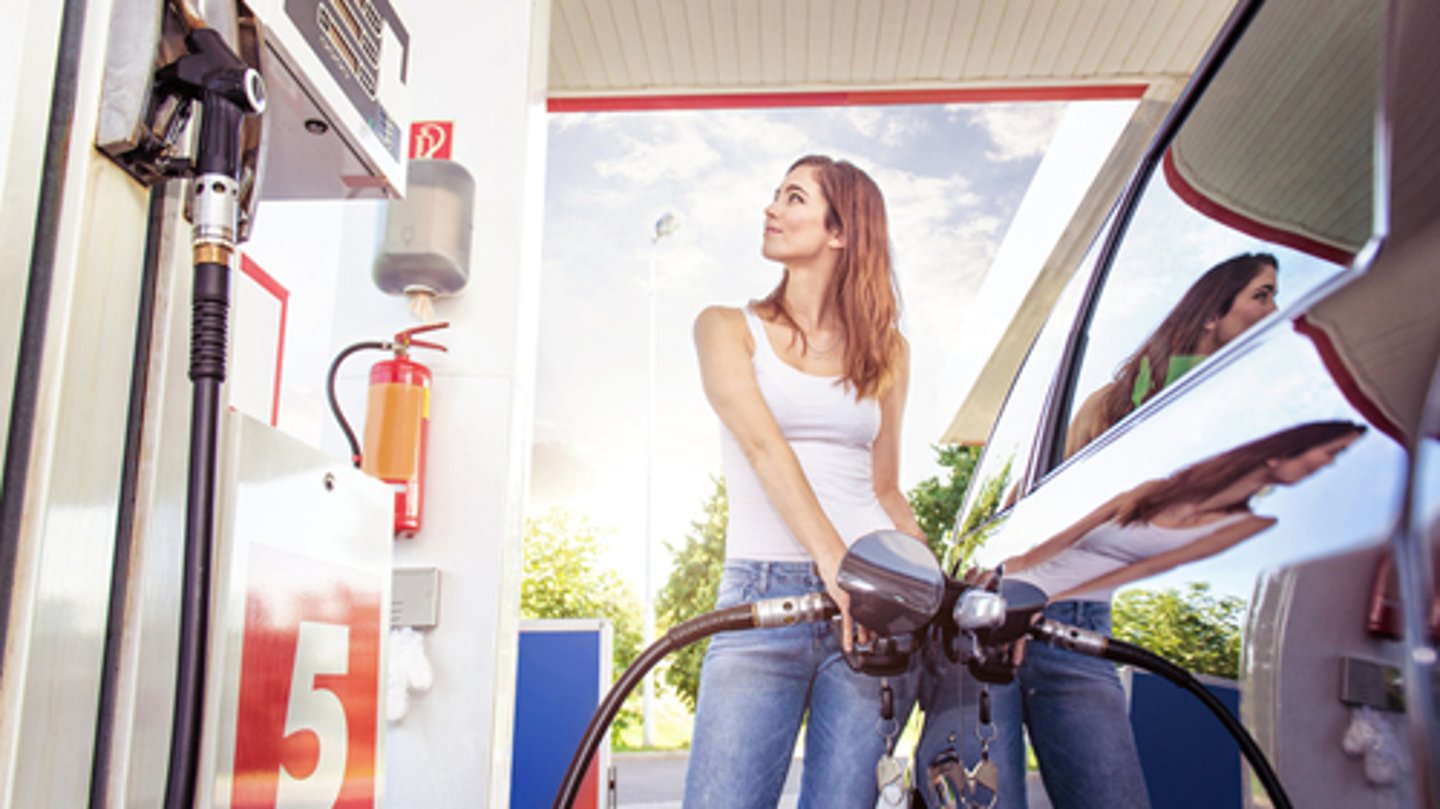Summer Heat May Be Lowering Gas Demand
WASHINGTON, D.C. — Despite another week of lackluster demand for gasoline, pump prices rose 3 cents since July 20 to $3.58, which is 1 cent more than a month ago but 88 cents less than a year ago.
[Read more: Fuel Prices Hold Steady as Demand Drops]
According to AAA, the primary culprit is a higher oil price, which has recently increased to the mid-$70s per barrel.
"Gas demand barely budged from last week, yet compared to this time in 2022, it is higher nationwide except for the Gulf Coast, Texas and New Mexico," said Andrew Gross, AAA spokesperson. "Some industry experts speculate that scorching temps in that region are keeping people off the road."
New data from the Energy Information Administration (EIA) shows that gas demand increased slightly from 8.76 to 8.86 million b/d last week. Meanwhile, total domestic gasoline stocks fell from 219.5 to 218.4 million bbl. With supplies tight, if demand climbs, pump prices will follow suit.
Since July 13, these 10 states have seen the largest increases in their averages: South Carolina (+15 cents), Utah (+10 cents), Tennessee (+7 cents), Virginia (+6 cents), Pennsylvania (+5 cents), Louisiana (+5 cents), Georgia (+5 cents), Alabama (+5 cents), Oklahoma (+5 cents) and Indiana (+5 cents).
The nation's top 10 most expensive markets are Washington ($4.92), California ($4.89), Hawaii ($4.68), Oregon ($4.58), Alaska ($4.30), Nevada ($4.22), Utah ($3.93), Idaho ($3.89), Illinois ($3.83) and Colorado ($3.82).
At the close of the formal trading session on July 19, West Texas Intermediate decreased by 40 cents to settle at $75.35. Oil prices slid on July 20 in response to market concerns that crude demand may soften in the months ahead. Due to extended repair timelines at refineries, lower refinery oil usage rates could influence how much oil prices decline.
[Read more: Fourth of July Travelers Estimated to Hit Record Numbers]
Additionally, the EIA reported that total domestic commercial crude inventories decreased by 700,000 bbl to 457.4 million bbl.

